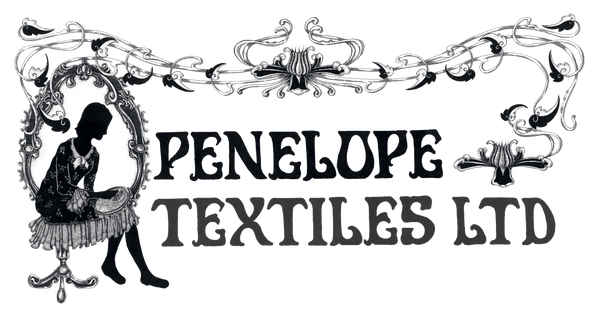Beautiful lace ordered for my wedding bouquet. Very pleased with the quality and service provided.
Lovely quality and speedily delivered!
This beautiful ribbon with gilded blue roses will make four bookmarks as separate gifts for father and son; both read and work with books. The ribbon is eye catching.
Black English Nottingham Lace- Alencon Flowers- Insertion- 3.5 cm
Just want I needed to finish of a plain white altar cloth. Will keep in mind for any other projects.








